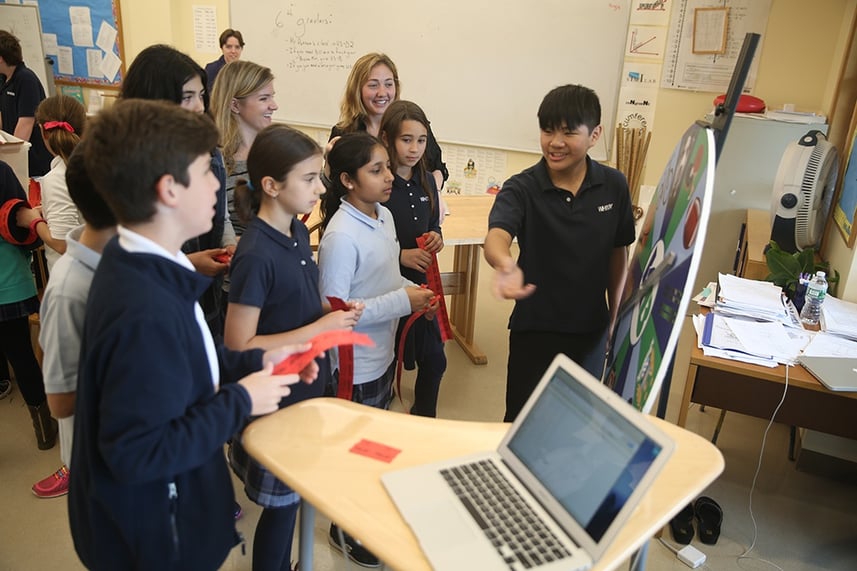A lot of my teaching philosophy is an homage to what I have learned not to do from the few bad teachers I have had as a student. Thinking back to being a student, little Joey enjoyed math class, but the teachers that did not connect well with the students helped shape my teaching style today.
Let's flash back to my ninth grade geometry class, boring myself to sleep while still keeping my eyes open (it's possible). Once again, my teacher has used a billiards table to model yet another geometric concept. Either this guy had a genuine lack of imagination or he moonlighted as a pool shark on the weekends. Regardless of the truth, whenever I saw this billiards table, my brain shut down and my doodling grew exponentially on my notebook.
So why does this memory still stay strong with me after nearly two decades? I think about it whenever I try to find a real-life example to apply to my lessons and put math in context. The mathematician Paul Lockhart published a fantastic essay on the rights and wrongs about math education titled The Mathematician's Lament. In his piece, one of his key points is the overuse of teachers taking a "square peg" real life context and applying it to the "round hole" math lesson. In general, math — like art, literature, or any other subject — should be taught mainly because it's enjoyable. However, while I can try to persuade a 10-to-15-year-old the inherent joy of mathematics, at times, a topic could stick with a student better when presented with an authentic real-life context.
One of my favorite projects is the "Probability Carnival," done in sixth grade. For this, student pairs need to create a game of chance, analyze its theoretical probability and estimated profit as well as tabulate its experimental probability and actual profit once people actually play their game. Probability can get very cumbersome, so what better way to get students to care about it if it affects how much profit they make from their game? This authentic real-life context brings out the fun and friendly competition that learning probability can bring out in a class.

Another favorite project is the seventh grade "ALEKS vs. ERB score" project where students take anonymous data from the previous year to make scatterplots that generate a line of best fit that can help distinguish the correlation between how well a student does on their mid-term and ERB based on how many topics on ALEKS they have mastered. Since the data is real, it allows students discover the real life implications how hard work could result in better scores.
The beauty of teaching in a Middle Years Programme is that finding real life contexts is a basic building block for the International Baccalaureate curriculum. In fact, one of the four criterion in which we create assessments and projects is Criterion D: Applying Mathematics in Real-Life Contexts. With this framework, we can model and teach students how to identify relevant elements of the authentic real-life situation and select the correct strategies to reach the correct solution. In addition to this, students are asked to explain why their mathematical answer makes sense in the context of the real-life situation as well as describing the accuracy of their solutions. These types of projects, like the two I mentioned above, can ask for a lot of heavy lifting from the students, but these rich projects are some of the cornerstones of what we offer in math in the Upper School.


